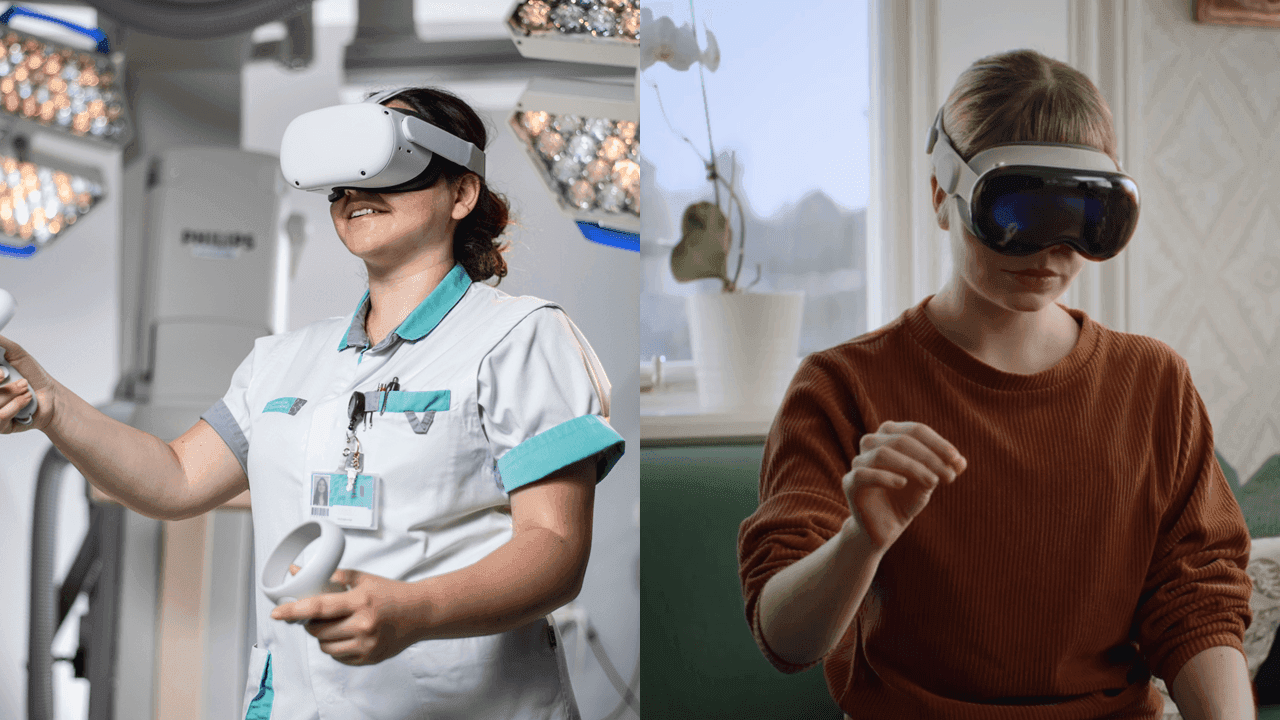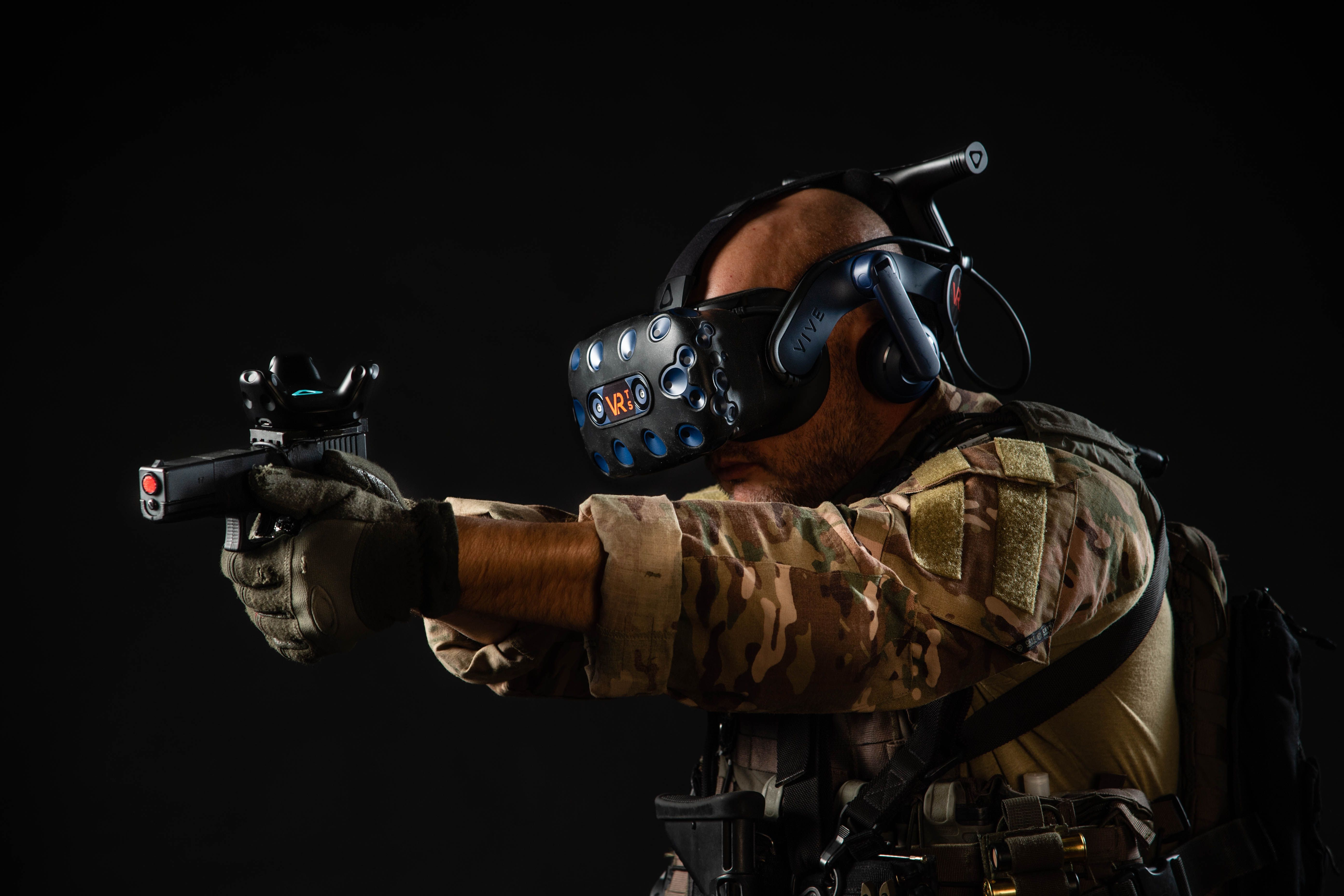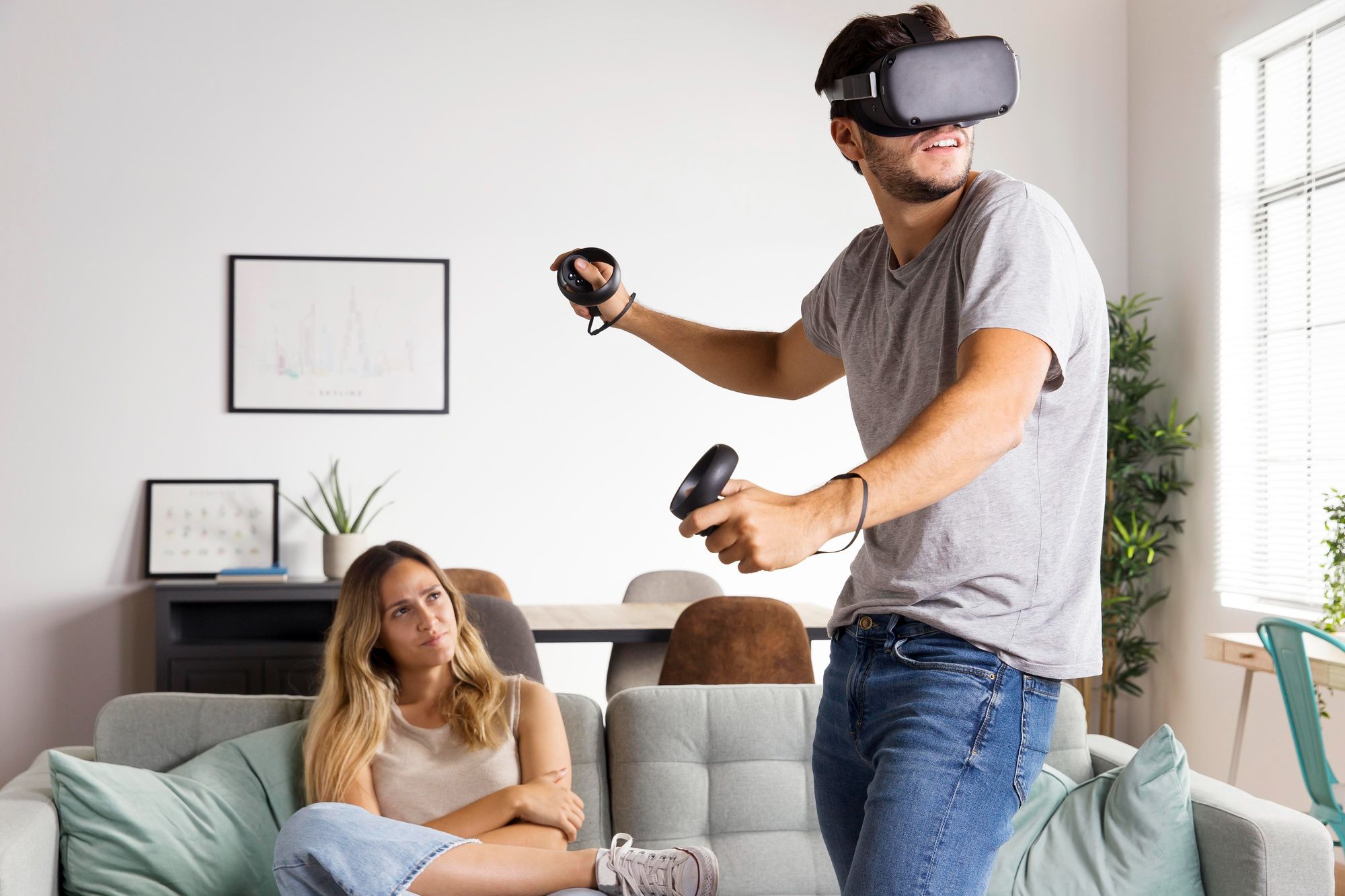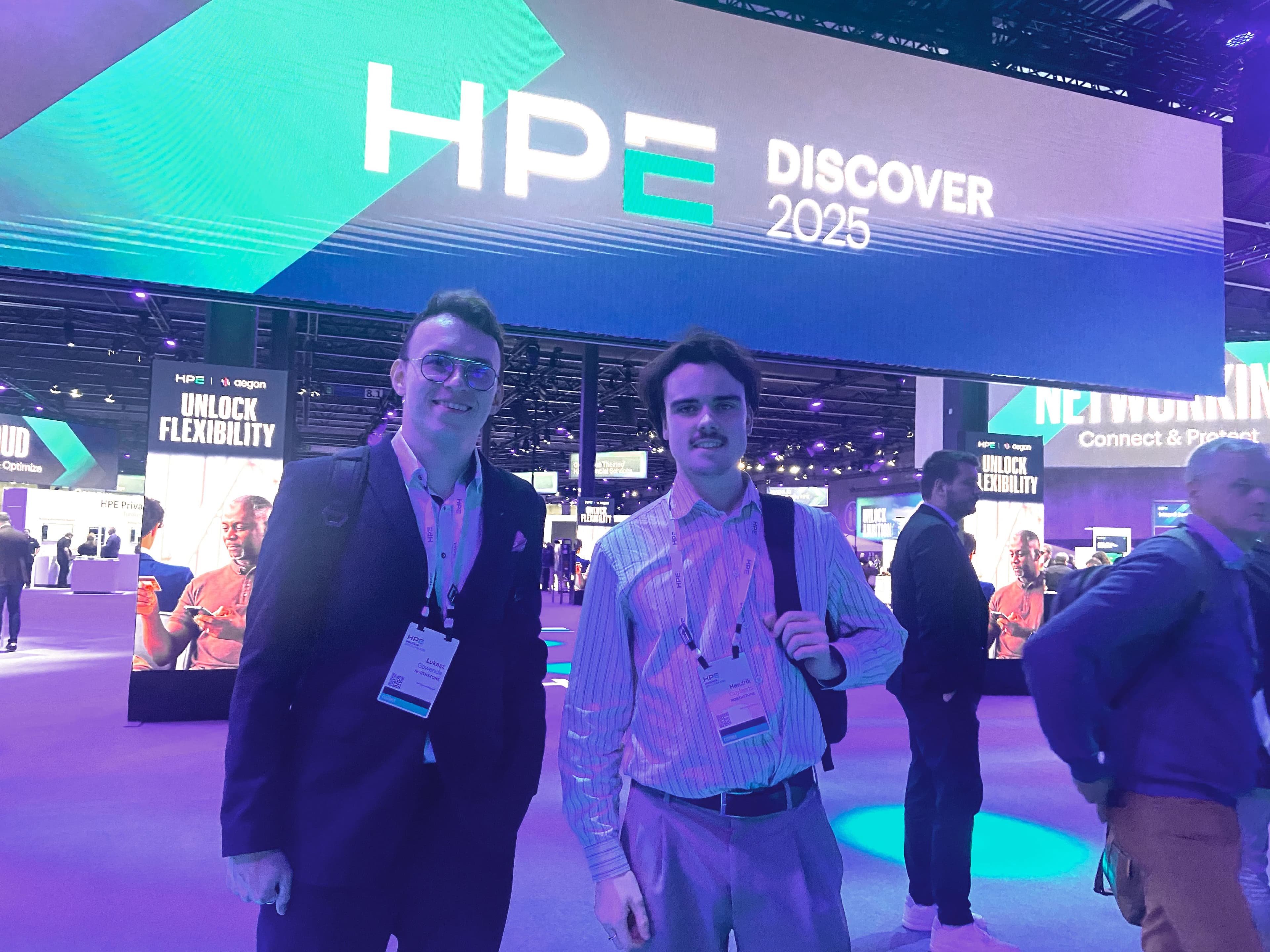Enterprise VR vs. Consumer VR: Know the Difference

Recently, Apple took its first true step into the field of augmented and virtual reality with the introduction of the Apple Vision Pro, set to hit the market early next year. Even though it won’t be on sale for at least a few more months, this headset has attracted a significant amount of attention across multiple industries thanks to its sleek design, intuitive interface, and impressive spec sheet. But there’s one group of people that isn’t the target market for the Apple Vision Pro: everyday consumers.

The headset’s $3,500 price point puts it out of range for most individual buyers. Instead, most Apple Vision Pro units will inevitably be used in business settings (until Apple introduces a more affordable version of its new device, that is). Of course, the arrival of an expensive new Apple VR headset doesn’t negate the fact that a robust consumer VR market has existed for years now. Along with that, the Apple Vision Pro is far from the first business-centric headset. If you’re planning to add VR technology to your workflow, knowing what separates the consumer and enterprise VR markets is essential. Keep reading for OneBonsai’s in-depth look at the differences between these markets.

What to Know About Enterprise VR
As you might expect, the term “enterprise VR” refers to any use of virtual reality technology in a business environment. The headsets used in these settings are often more powerful (and more expensive) than those intended for consumer use. Depending on your company’s needs, however, you can also get good results from more affordable devices.
From a user standpoint, the experience of using an enterprise VR system is broadly similar to that of using a consumer-level headset. However, headsets used in enterprise settings should also allow admins to manage and monitor peoples’ virtual activities.
Some of the most common VR use cases for enterprises include:
Meetings
Virtual meetings can be a pain when they rely on standard webcams. That’s not the case for VR-powered meetings. The immersive nature of VR can deliver a high level of interpersonal connection while allowing you to meet with other team members no matter where they are in the real world. Plus, some of the cutting-edge headsets commonly used in enterprise settings even have eye-tracking features, allowing users to make virtual eye contact 👀 with ease.
Training
It’s hard to deny the usefulness of virtual training. This isn’t just a highly effective way to train new employees, it’s one of the most effective forms of training out there. But while VR training is often used to train emergency responders, surgeons, and other people entering high-risk careers, its benefits certainly aren’t limited to these fields. VR training’s combination of highly-immersive training environments and limited distractions make it just as good at getting people up to speed with desk jobs.
Recruitment
XR will standardize recruitment by allowing companies to simulate real-world job tasks for all candidates, ensuring unbiased, consistent assessments of their problem-solving abilities and performance.
Additionally, you can give prospective employees an immersive tour of your workspace. That experience won’t just let them know what to expect during their 9-to-5, it will make them more likely to remember and prioritize your company.

All About Consumer VR
The other half of the virtual reality industry is consumer VR, a term that covers just about every VR use case that doesn’t fall under the enterprise VR umbrella. In contrast to the cutting-edge headsets commonly seen in workplaces, consumer VR is typically powered by lower-end products like the Meta Quest 2 and soon the Meta Quest 3.
Popular VR use cases at the consumer level include:
Gaming
If you’ve used a VR headset outside of work in the past, there’s a good chance that you were using it for gaming. Between casual games like Beat Saber and intense, story-driven experiences like Half-Life: Alyx, there’s something for everyone in the VR gaming world.
Entertainment
While gaming is still one of the most prominent use cases for consumer VR right now, other entertainment-related uses have become popular among the general public. Even in its current, enterprise-centric form, the Apple Vision Pro is already making some gestures toward general entertainment usage. Apple has touted the Vision Pro’s virtual home theater capabilities, and a partnership with Disney will ensure the availability of Disney+ on the Apple VR headset from day one.
Social Networking
Though it hasn’t yet reached its final form, building the metaverse is still a high priority for Meta and other companies involved with the VR industry. It should be noted that this particular VR use case could easily overlap with the enterprise market, a version of the metaverse that lives up to its full potential would be an excellent place to hold virtual meetings, too. Even now, several popular social apps allow people to spend time together virtually.
Build Your Enterprise VR Strategy the Right Way
By now, you should understand the factors and use cases that separate enterprise and consumer VR. But there’s one other difference between these markets, consumers don’t need to put all that much thought into buying a VR headset for their own use. Building an enterprise VR strategy is far more complicated than that, particularly if you plan to use VR for training purposes. Instead of trying to put together a VR training strategy by yourself, let OneBonsai help. We take pride in offering high-quality off-the-shelf VR training solutions, including medical, industrial, and safety training programs. And if you aren’t ready to build your own VR fleet, we can help you by providing VR rentals. Take the first step by contacting OneBonsai today!

DIMITRI PIRNAY
June 14, 2023









